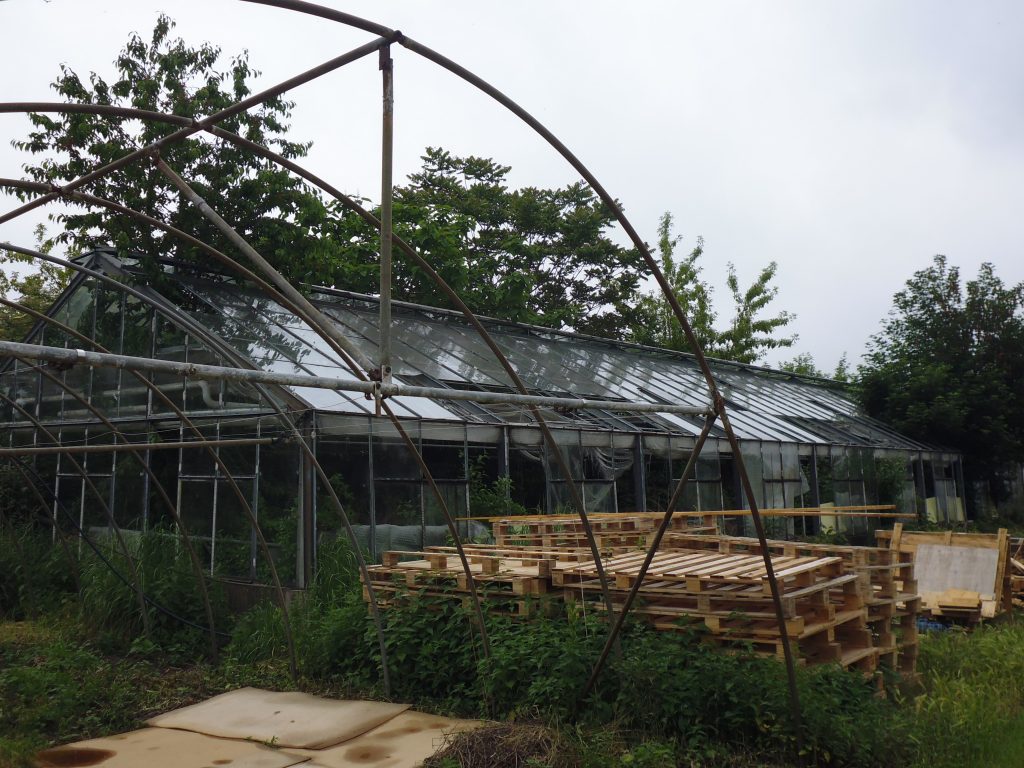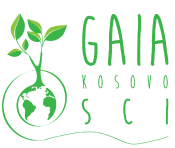It is weird how you can discover your living place, once you start to look around from another perspective.
Since years I am living in the city of Dresden in Saxony, Germany. I know the roads I am taking every day; walking, riding along them with my bike or taking public transport. But as much as I am familiar with them, as much there are places, that were hidden until recently – Special corners that I did not even know they would exist. It is not that I did not see them. Just I did not notice.
I think that this is because of the way I am observing my surrounding, my background, and what I consider as important. If I would not have spent time in a Permaculture project like in Boževce, I probably never would have found my way into the garden just two corners from my home. Sure, I knew it existed. But I was not too much interested into this place, until I was looking for it. After my return from Kosovo in March 2020, I felt the desire to discover places related to gardening and maybe even Permaculture in my city. Instead of using webpages and google maps, I remembered what I have seen some months ago. In a rather quiet street with not much to see there is a green property full of plants. A wooden entrance door and a sign, showing letters made out of planks. They say: “Wurzelwerk”. The name of this places can be translated as “root factory”.
It is one of the community gardens in my city. I have heard about that concept and I knew that there are some of those projects existing in Dresden as well. The idea is that a group of people in a neighbourhood share a property to do gardening, cooking, to exchange knowledge and strengthen their relationships. People from all ages are participating, each of them has his*her personal place in the garden or sometimes they also share it with each other. Those communities are small green islands in cities to bring life closer to us poor wrecked city people.

But this community garden is only one part of this place. The property once belonged to a nursery that was founded already in the 1880ies. In these times, the buildings where people live around nowadays were not even built and the place was located on the very edge of the town. In the following hundred-or-so years, people here produced vegetables (mostly cucumbers) to sell them to the citizens. Still in the German Democratic Republic (Eastern Germany) there was a shop in the house next to the nursery, where the owners used to live. After the collapse of the Soviet Union, the husband of the couple died, and his wife could not get along with the whole production anymore. By the same rate, the concept of small nurseries close to the city for food production was outdated. Today there are only two greenhouses used, the rest is still standing there – abandoned, with trees and bushes growing out of the broken windows.
Those stories were told to me by the old lady that once managed the nursery together with her husband and who is still living in that same old house. I was listening carefully while I tried to free some blackcurrants from stubborn weeds. Blackcurrants? Didn´t I say the place is not used anymore?

If you pass through the wooden entrance on a day like this, you would see long rows of fruit trees and bushes, some paths covered with mulch and in the centre of the property a large container. On the left hand there is “Wurzelwerk”, the community garden. The place is used indeed. On the old vegetable fields a new project is developing. It was founded by an organization in Dresden two years ago and appears as a nursery for trees, bushes and perennials. The trees are still small, but in some years the place will be an educational centre where people can see: “Oh, I did not know that this plant can actually grow here!”
I am working now at this place, weeding, helping to build a small community kitchen into the container or mulching the paths. And learning what new possibilities an almost forgotten property in my city can offer. That shows me, that it is worth to keep your eyes open and to re-discover your hood.
By Florian







